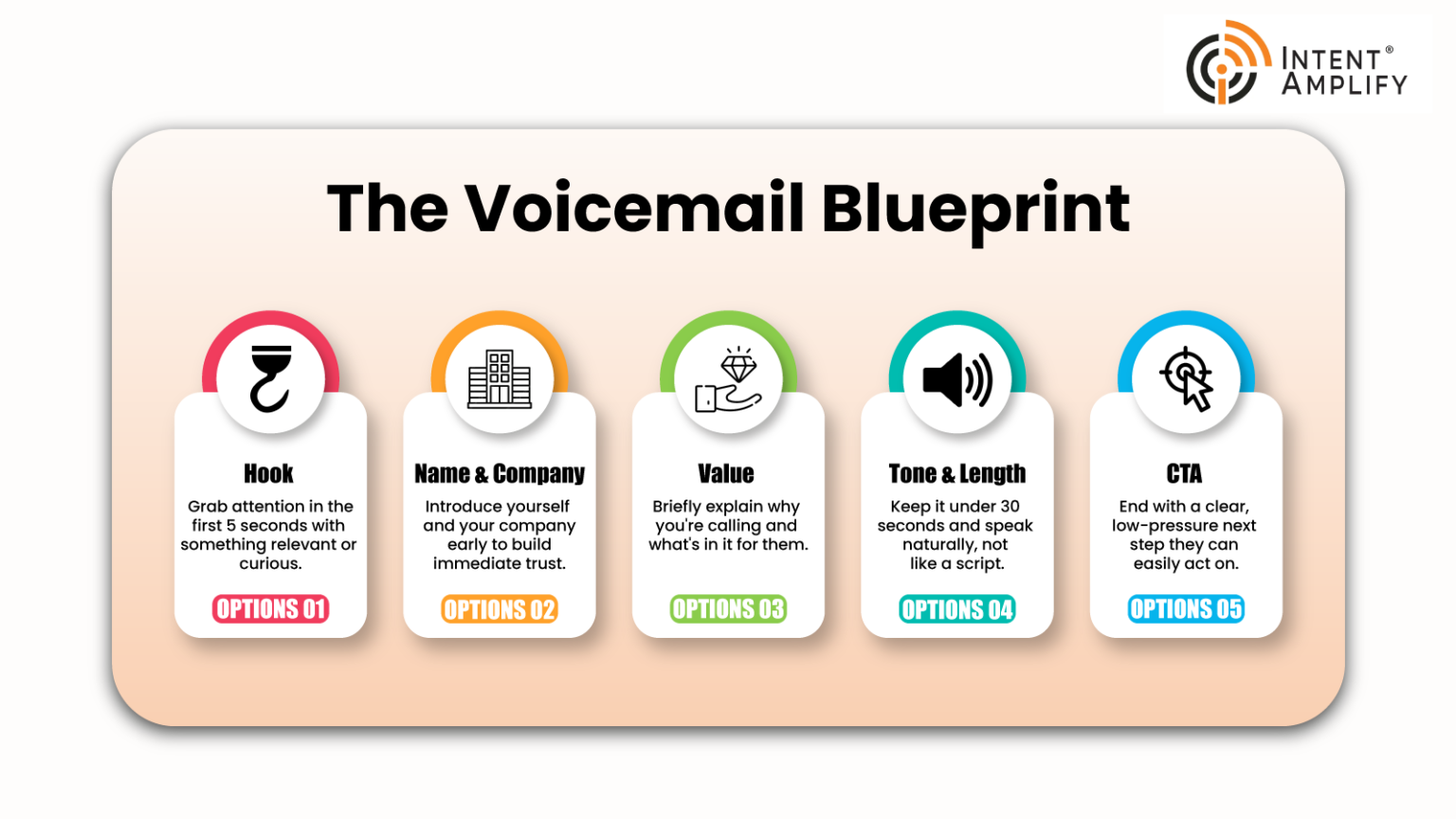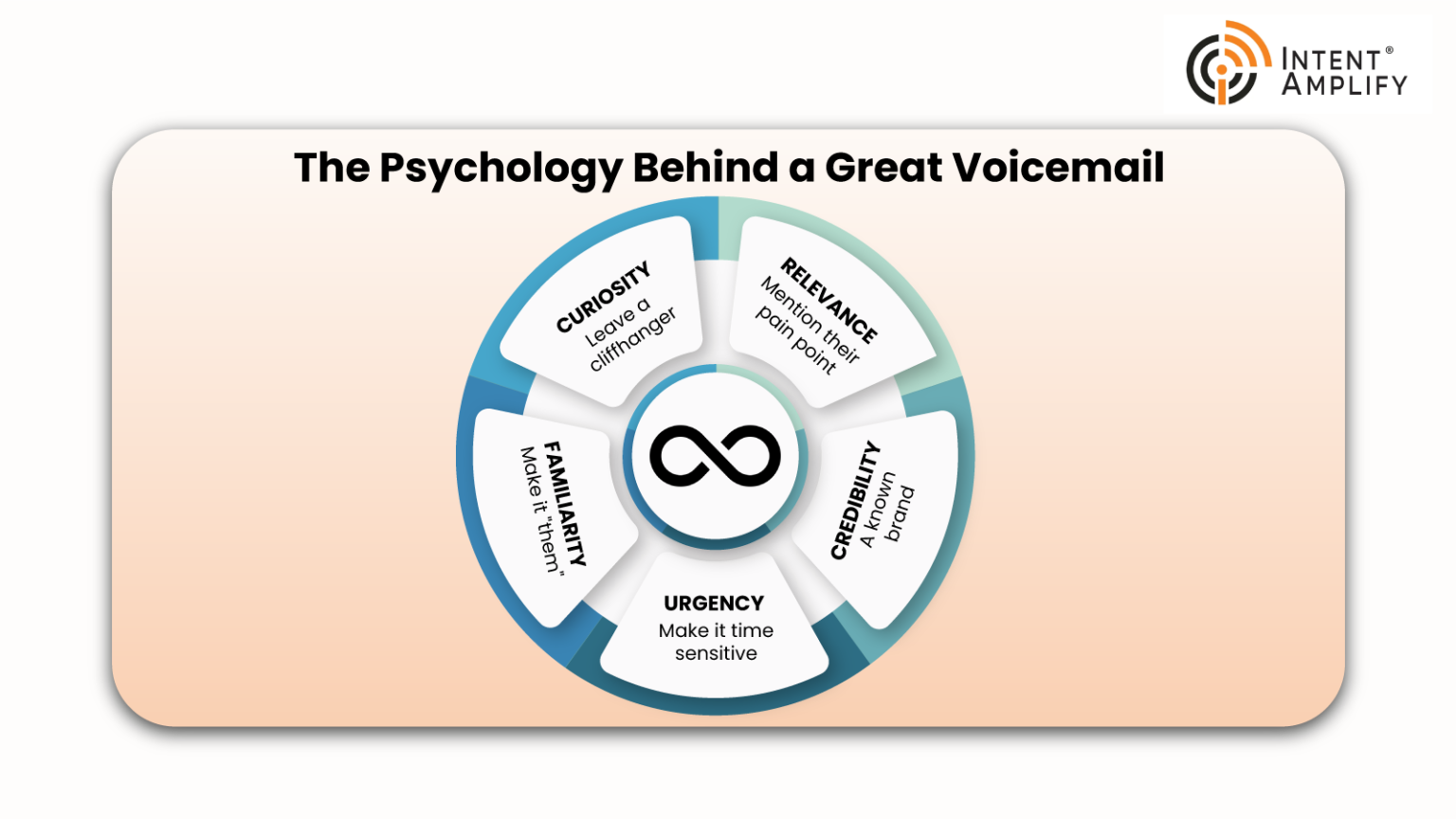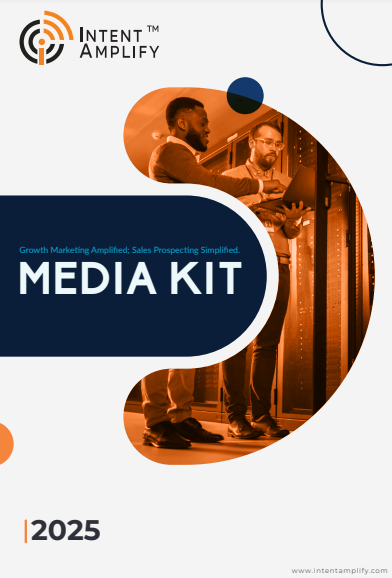
Top 10 Best Voicemail Scripts for Cold Calling in 2025
- Last updated on: July 18, 2025
Hi, this is Alex – just calling to see if…” Click.
That sound? It’s the silent rejection cold callers know all too well.
If you’re making dozens of dials each day, you’ve likely hit voicemail more than you’ve reached a live prospect. The real problem isn’t the missed connection – it’s what you say once the beep hits.
Voicemail isn’t a dead channel. It’s a missed opportunity when used the wrong way. The truth is, a strong voicemail script can open doors, create intrigue, and lead to real conversations. But it needs to be clear, relevant, and tailored for the B2B buyer mindset in 2025. This article gives you practical tools to improve your response rate – no fluff, no guesswork:
- 10 high-performing scripts for cold calling outreach
- Proven messaging frameworks that grab attention
- Real tips to turn missed calls into returned ones
If you’re ready to stop getting ignored and start getting callbacks, see these 10 best voicemail scripts for cold calling in 2025.
Why Voicemail Still Matters in B2B Cold Calling?
Think voicemail doesn’t work in 2025? Think again. It’s one of the few chances you get to speak directly to a prospect, without being interrupted. With buyers screening calls and email inboxes overflowing, a well-timed voicemail can help you stand out in a way most messages can’t. But here’s the thing: most reps still treat voicemail like a throwaway task. They sound rushed, flat, or worse – forgettable.
The best salespeople don’t leave voicemails for the sake of it. They use them to build curiosity, open doors, and guide the next step – whether that’s an email, a LinkedIn message, or another call. A good voicemail isn’t just heard – it’s remembered.
Whether you’re in SaaS, consulting, or enterprise sales, the right message can turn a cold call into a real opportunity. Smart scripts for cold calling help ensure your message cuts through the noise.
How to Structure the Perfect Voicemail in 2025?
The average cold-calling success rate in 2025 is 2.3%, almost half of what it was in 2024 (4.82%).
Leaving a voicemail that gets a callback takes more than just hitting record and hoping for the best. In 2025, your voicemail needs to be intentional, tight, and tailored to how modern buyers think and respond. Here’s how to break it down into five simple parts:
- Hook – Grab attention within the first five seconds. Mention something specific or ask a pointed question that sparks curiosity.
- Name & Company – Don’t bury the basics. Introduce yourself and your company right away to establish credibility and clarity.
- Value – Explain exactly why you’re calling and what’s in it for them. Keep it focused on their priorities, not your pitch.
- Tone & Length – Speak naturally, like you’re talking to a colleague, not reading a telemarketer script. Stay under 30 seconds and smile while speaking to keep your tone warm.
- CTA – Wrap with a clear, low-pressure next step. Whether it’s a callback, a quick reply, or checking their inbox, make it easy to act.
When you follow this structure, your voicemails stop sounding generic and start sounding like opportunities worth responding to. Let’s walk through the 10 best scripts for cold calling in 2025.
Script 1: The Quick Value Drop
Use when: It’s your first touch, and you want to sound confident and concise.
“Hi [First Name], this is [Your Name] from [Company]. I help [ICP] reduce [pain point] without increasing workload. Just wanted to share a quick idea on how we helped [similar company] cut [metric] by 40% in 60 days. I’ll shoot you an email as well—feel free to text or call me back at [Your Number].”
Why it works: Clear value, social proof, and zero pressure. Perfect for busy executives.
Script 2: The Curiosity Builder
Use when: You want to intrigue the prospect enough to call you back.
“Hey [First Name], [Your Name] here with [Company]. I have a quick idea that could help [their company] solve [problem] in a way I don’t think you’ve tried yet. I’ll keep it short – drop me a line at [Number] or reply to my email if it sparks interest.”
Why it works: Curiosity is a conversion trigger. Leave just enough mystery to earn attention.
Script 3: The Referral Mention
Use when: You’ve been referred by someone they trust.
“Hi [First Name], [Your Name] from [Company]. [Referral Name] suggested I reach out. They mentioned you might be exploring options for [solution area], and I wanted to share how we helped them streamline [specific result]. Let me know if a quick chat makes sense – my number’s [Number].”
Why it works: Social validation is powerful. A referral buys you attention and trust.
Script 4: The Industry Insight Hook
Use when: You want to sound informed and relevant to their industry.
“Hi [First Name], it’s [Your Name] from [Company]. We’ve been seeing a trend in [industry] where [problem or shift], and I thought you’d want to hear how others are tackling it. I’ll follow up with a short email. If you’re open to a quick call, I’m at [Number].”
Why it works: You’re not selling – you’re advising. It positions you as a resource, not a rep.
Script 5: The Hyper-Personalized Voicemail
Use when: You’ve done research and want to stand out.
“Hey [First Name], this is [Your Name] from [Company]. Loved your post about [specific LinkedIn post or podcast]. I think what you said about [mention insight] ties directly to what we do for [ICP]. Thought it’d be valuable to connect – I’ll send a quick note too. Reach me at [Number] anytime.”
Why it works: Real personalization cuts through like nothing else. It feels human, not scripted.
Script 6: The “Missed You” Follow-Up
Use when: You’ve already reached out and they didn’t pick up.
“Hi [First Name], [Your Name] again from [Company]. Sorry, I missed you—just following up on my last message about helping [role] teams improve [specific result]. I’ll keep it short in your inbox as well. Feel free to reply or call if it’s relevant. My number is [Number].”
Why it works: It’s polite, non-intrusive, and reminds them without nagging.
Script 7: The Event Trigger Voicemail
Use when: There’s a timely reason to reach out (e.g., product launch, funding round).
“Hey [First Name], [Your Name] from [Company]. Congrats on [event—e.g., Series A raise]! I work with a lot of growing teams like yours that are now scaling [function]. I’ll share a quick idea by email, too. If it sounds worth chatting, I’m at [Number].”
Why it works: Timely context adds relevance and respect for what’s happening in their world.
Script 8: The Social Proof Drop
Use when: You want to leverage logos or big wins.
“Hi [First Name], [Your Name] here from [Company]. We just helped [well-known company] shorten their sales cycle by 25% using our [solution]. I thought it might be useful for [their company] too. I’ll send more info by email. Call me at [Number] if you’re curious to explore.”
Why it works: Big names build big trust – fast.
Script 9: The Humor Play (Use with Care)
Use when: Your audience is casual or creative (startups, agencies).
“Hey [First Name], it’s [Your Name]. No, I’m not calling about your car’s extended warranty. But I am calling with a smarter way to help [pain point]. I’ll send the non-robot version of this message to your inbox. Ping me if you’re curious—[Number].”
Why it works: Humor is risky, but when it fits your audience, it earns attention fast.
Script 10: The Urgency Nudge
Use when: There’s a deadline, a limited slot, or an upcoming event.
“Hi [First Name], [Your Name] from [Company]. We’re wrapping up a limited pilot with [peer company] this month, and I thought you might want a spot. It could be a fast win for [problem]. If you’re interested, let’s chat – [Number].”
When to Leave a Voicemail vs. When to Skip It
Not every call needs a voicemail, and knowing when not to leave one is just as strategic as knowing when to speak up. If your call is the first point of contact, a voicemail can introduce your name and purpose. But if it’s your fifth attempt in a week with no response, another message may sound spammy.
A good rhythm? Try this:
- Leave a voicemail on touch 1, touch 3, and touch 6.
- In between, reach out via email or LinkedIn.
- If you’re using a cadence platform like Outreach or Salesloft, schedule voicemails on days when you deliver high-impact value or insight (e.g., after a content drop or event invite).
Scripts for cold calling are most effective when used as part of a multi-touch strategy, not in isolation.
Voicemail + Email = Double the Impact
One of the most effective cold calling plays today is the voicemail–email combo. This tactic multiplies your visibility and increases callback chances significantly. Why? Because you’re tapping into two senses: hearing and reading. That makes your name familiar by the time they revisit their inbox.
Here’s a simple 2-step play:
- Leave a short voicemail:
“Hi [First Name], this is Alex from BluePeak. I just sent something useful to your inbox about your recent webinar strategy. It’s worth a 30-second skim. Talk soon!” - Send a follow-up email within 10–15 minutes:
Subject: Quick follow-up on my message
Body:
“Hi [First Name], just left a quick voicemail – wanted to share a framework we use to increase B2B webinar attendance by 2.3x. Thought it might help [Company] since I noticed your team is doubling down on events this quarter.”
Use your voicemail and email as complementary tools, and when you’re using powerful scripts for cold calling, you increase your chances of a real reply.
What Not to Say in a Cold-Calling Voicemail
Bad voicemails can do more harm than good. They can make you sound pushy, disconnected, or worse – forgettable. Here’s a breakdown of what not to do and why:
- “How are you today?” – You’re not in a conversation, so this feels tone-deaf.
- Listing features – No one wants a voicemail pitch. Save it for the meeting.
- “Call me back at…” without a reason – Why should they? What’s in it for them?
- Repeating yourself – It wastes time and makes you sound unprepared.
- Monotone delivery – Your tone signals whether you believe in what you’re saying.
Instead, focus on value, brevity, and tone. Be clear about why you’re calling and what the next step is. Record your voicemails occasionally to self-audit: would you call you back?
The Psychology Behind a Great Voicemail
Every effective voicemail taps into the human brain’s core drivers – whether we realize it or not. Great voicemails aren’t just about saying the right words; they’re about triggering action through psychological levers:
- Curiosity: “There’s something I think you’ll want to see – especially given your recent product launch.”
- Relevance: “We recently helped another B2B SaaS company reduce churn by 18% – thought it might apply to [Company].”
- Credibility: “We’re working with [Well-Known Company] on a similar project.”
- Urgency: “There’s a shift happening in your market we’re seeing in real time – wanted to share the insight before next week’s board meeting.”
- Familiarity: “Hey [Name], we’ve been engaging on LinkedIn – wanted to add a quick voice to the name.”
Use one or two triggers per message. Don’t try to fit all five into one voicemail – it’ll feel scripted. Keep it real, focused, and human.
Stop leaving voicemails that go nowhere.
At Intent Amplify, we design sales outreach campaigns that don’t just check a box—they drive revenue. Our voicemail, email, and LinkedIn playbooks are tailored to your ICP, designed to land meetings, not just mentions.
Whether you’re a SaaS company looking to break into enterprise accounts or a B2B agency aiming for high-ticket clients, we build appointment-setting strategies that cut through the noise and get decision-makers talking. Book a free strategy call now and let’s turn voicemails into valuable conversations:
FAQs
1. What should I say in a cold call voicemail in 2025?
Keep it short (under 30 seconds), lead with value, and end with a soft CTA. Mention your name, company, and the reason you’re calling – focused on how it benefits them.
2. Do voicemails still work for sales in 2025?
Yes, voicemails are still effective when used strategically. Personal, value-driven messages combined with multi-touch follow-ups can increase response rates and warm up cold leads.
3. How long should a sales voicemail be?
The ideal voicemail length is 20–30 seconds. Long voicemails get ignored or deleted, while short, targeted ones are more likely to be heard and remembered.
4. How many times should I leave a voicemail for the same prospect?
Leave 2–3 voicemails across a sequence (e.g., Day 1, Day 3, Day 7) paired with emails or LinkedIn outreach. Avoid spamming, but stay visible.
5. What’s the best time to leave a voicemail?
Studies show the best times are 10–11 AM and 3–4 PM, especially on Wednesdays and Thursdays, when decision-makers are more available and responsive.






